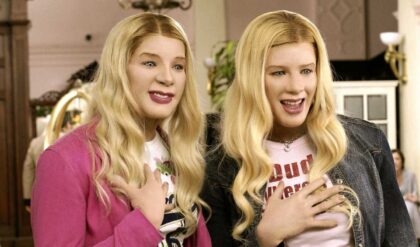True Detective season 1 explained Rust and Marty’s decades-old serial killer case while addressing its philosophical ramifications, proving time is a flat circle. Occurring across three different timelines, 1995, 2002, and 2012, True Detective season 1 follows Louisiana State Police homicide detectives Rust Cohle (Matthew McConaughey) and Marty Hart (Woody Harrelson). Throughout the next 17 years, Rust and Marty contend with their pasts when the case is revisited after a string of potentially related murders and missing persons cases.
True Detective’s ending explores the case’s personal and humane ramifications, with Rust quitting the profession while Marty climbs the law enforcement ladder but loses his family. In 2012, Marty and Rust finally track down the “scarred man,” Errol Childress, the real killer who leads them through a labyrinth called “Carcosa.” The ensuing battle results in Errol dying and the detectives recovering in a hospital, where it’s confirmed that Childress and the Tuttle family were responsible for numerous murders.
Errol Childress Is True Detective Season 1’s Killer: His Crimes & Plans Explained
Marty & Rust Kill Errol Childress After Tracking Him For 17 Years
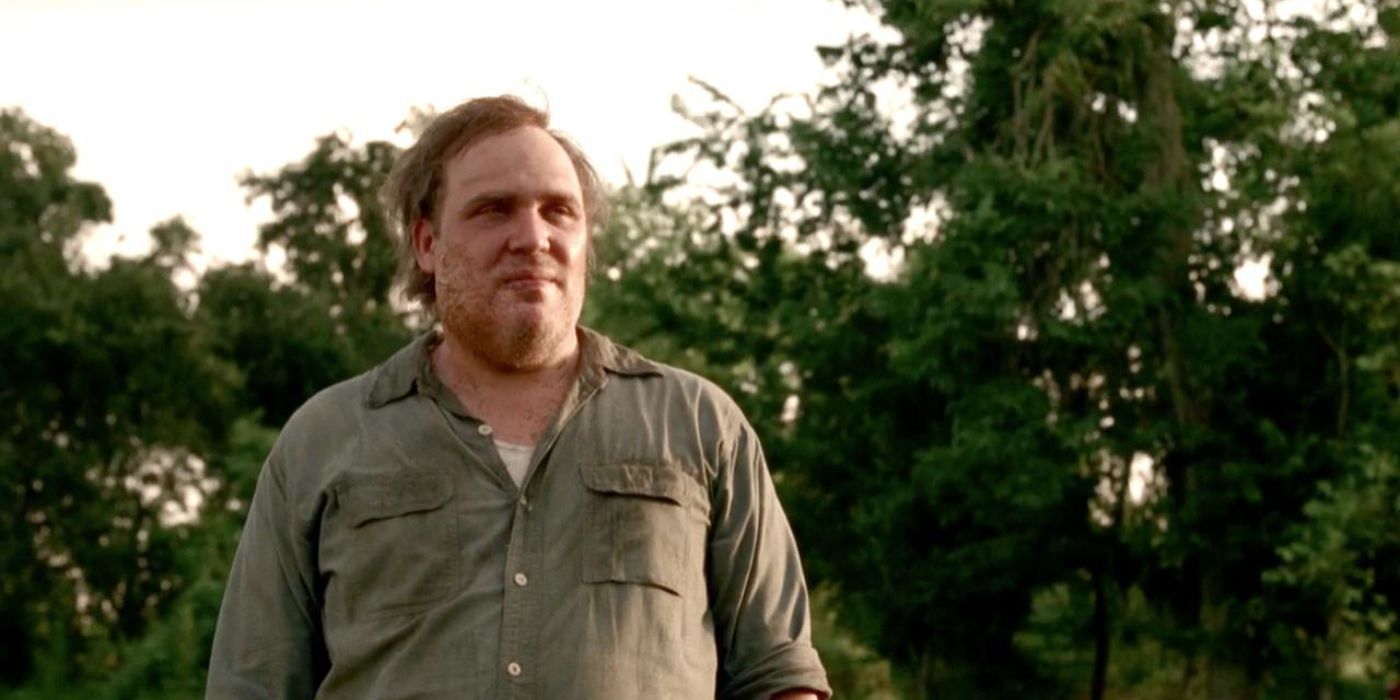
The end of True Detective season 1, episode 7 properly introduces the killer, Errol Childress, as the two detectives depose Marty, and Rust stops to ask him for directions. Errol was revealed to have facial scarring matching the description of Dora Lange’s killer, with the character noting that his family had been in this area for a “long time,” indicating his link to the powerful Tuttle family. The son of the late Billy Childress and grandson of Sam Tuttle, Errol lived and had an incestuous relationship with his half-sister, where both worshipped the Yellow King and upheld Carcosa.
The finale even shows Errol focusing on a young elementary school-aged girl while he’s painting the school’s walls…
True Detective’s season 1 finale revealed that Errol, through his family’s connections, had contracts with a parish in Louisiana as a groundskeeper. This included schools, churches, and local homes, which is where Errol sought out his female victims whom he would sexually assault and murder. The finale even shows Errol focusing on a young elementary school-aged girl while he’s painting the school’s walls, revealing the process of how he chose many of the women and children who he would abuse and murder.
Marty and Rust came to the conclusion that Errol was the “green-eared spaghetti monster” described by a young girl he once chased, as the green on his ears was actually from the paint he had been using when working on a home nearby. In addition to being part of the Tuttle family cult, some of Errol’s crimes were committed alongside the Ledouxs, as he abused many of the children who were held at their meth lab. Errol was also among the unmasked men who abused and photographed sleeping children at an elementary school.
Finally solving Dora Lange’s murder after 17 years, True Detective season 1’s finale explains the ritualistic nature of Errol killing and posing her. Errol had met Dora through the traveling church tent, soon abusing and drugging her before finally killing her. With the help of Reggie Ledoux, Errol posed her dead body by a tree, put an antler crown on her head, and posed her in a way indicative of a cult ritual. As the exploration of the Childress property’s “Carcosa” labyrinth and references to the Yellow King would reveal, Dora’s death was part of the Tuttle Cult’s human sacrifices.
Carcosa, The Yellow King & Tuttle Family Cult Explained
True Detective’s Supernatural Themes & Killer Cult Family Explained
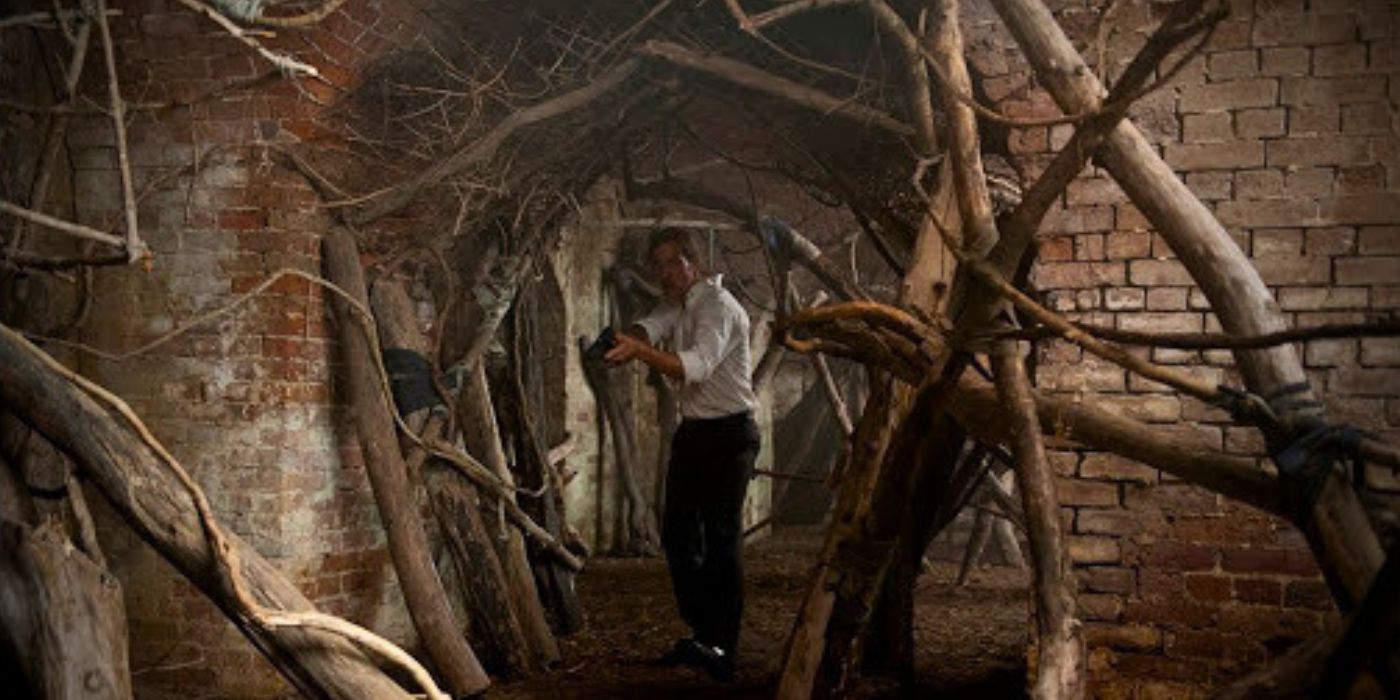
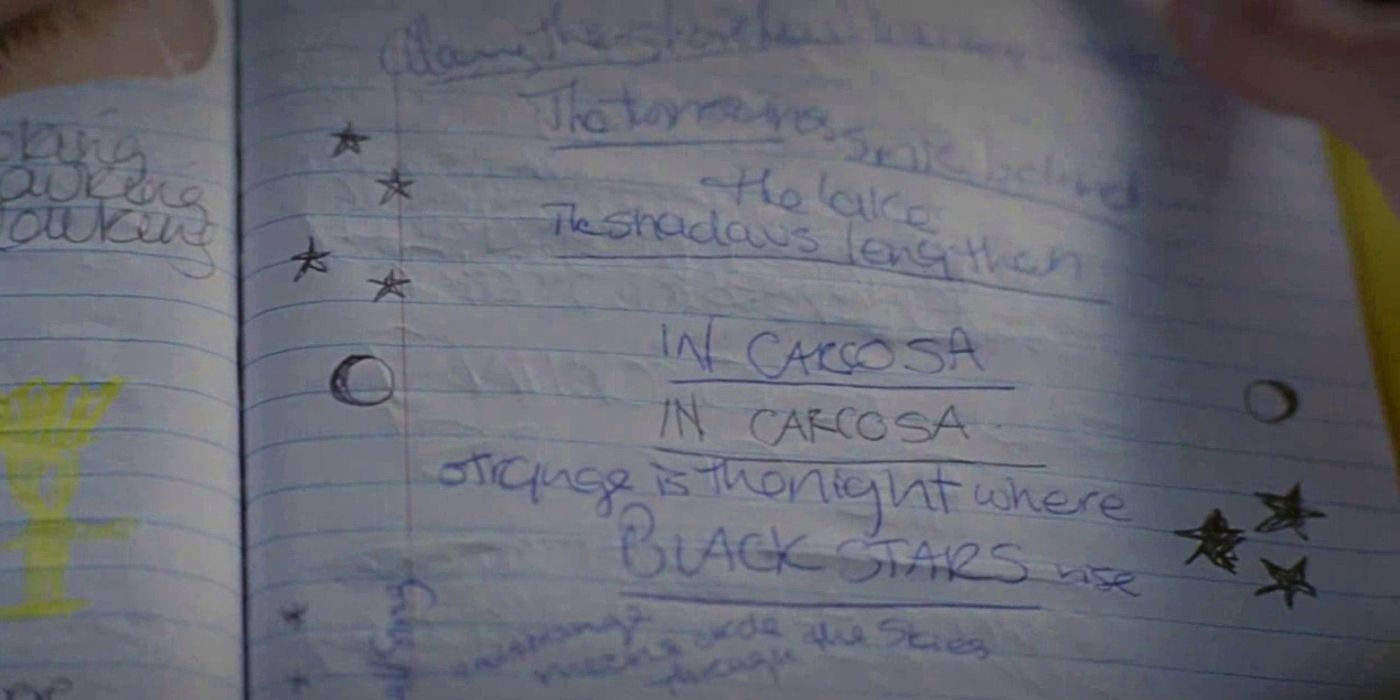
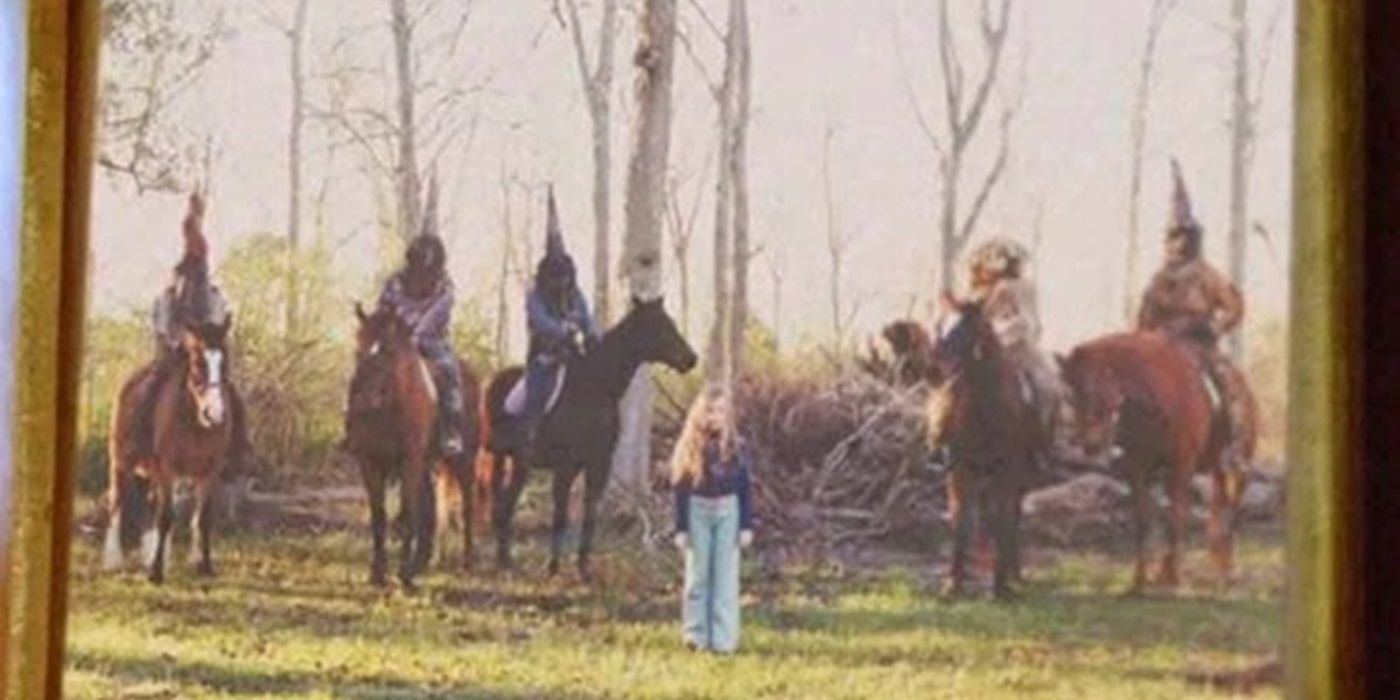
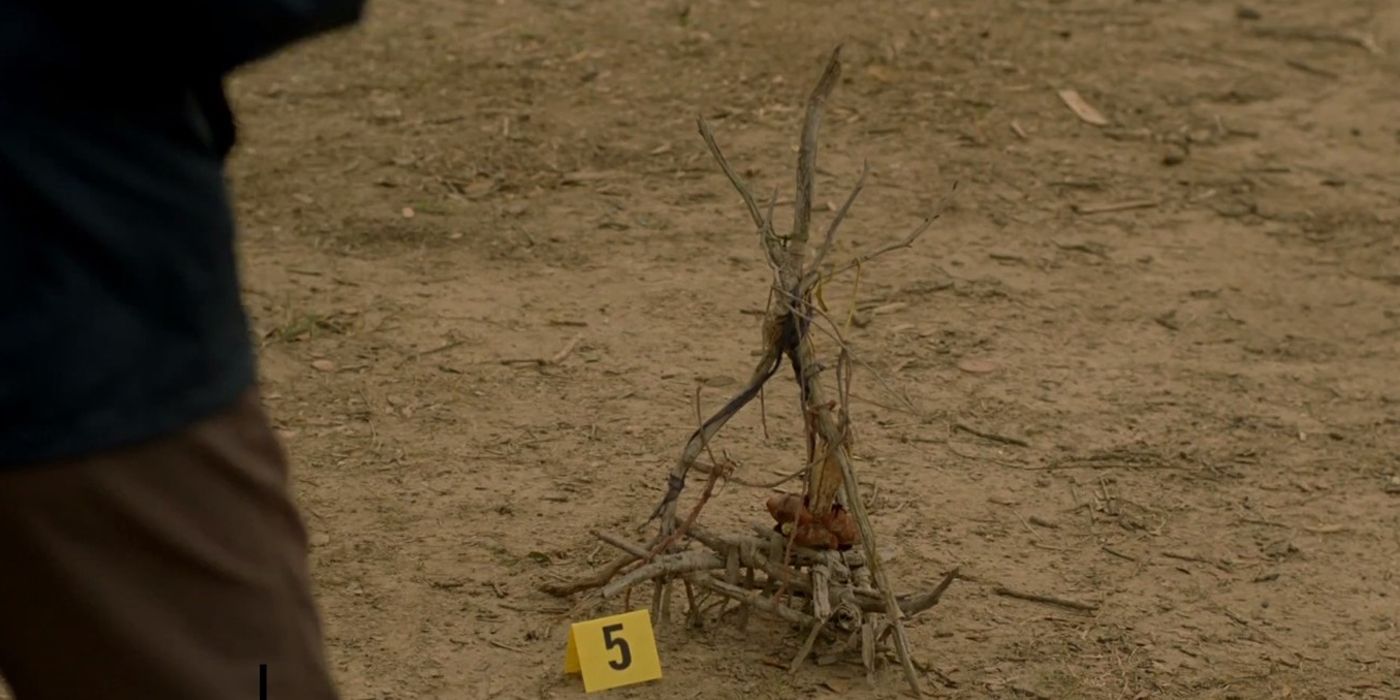
While True Detective season 1 is well known for its spiritual and philosophical elements, the real nature and purpose of the Tuttle Cult and its beliefs are quite complicated to understand upon a first watch. The details of the cult are revealed gradually throughout True Detective season 1, with all the pieces coming together during the finale’s climactic battle in Carcosa. The Tuttle Cult itself primarily consists of members of the Tuttle family, which includes True Detective figures such as Sam Tuttle, Reverend Billy Lee Tuttle, Errol Childress, Ted Childress, and Louisiana Senator Edwin Tuttle.
While the Yellow King is a reference to a character from Robert Chambers’ 1895 book The King in Yellow , the entity in True Detective is quite different…
Carcosa is revealed to be a labyrinth made of trees, stone structures, and tunnels at Errol’s property, which is where the Tuttle Cult conducts their ritualistic murders, sacrifices, and abuses. It appears to be the primary location where the cult worships the Yellow King, with both names being associated with mystical forces and themes. While the Yellow King is a reference to a character from Robert Chambers’ 1895 book The King in Yellow, the entity in True Detective is quite different, and seems to be a figure made up by the Tuttle Cult.
It’s implied that the cult performs human sacrifices, abuses, and murders to appease the Yellow King, with Carcosa being filled with ritualistic altars of sticks, antlers, and bones. Season 1’s ending leaves it ambiguous whether True Detective‘s Yellow King is a real supernatural entity or cosmic force, or whether it was simply created and worshipped by the Tuttle Cult but doesn’t truly exist. With the Ledoux meth lab factoring into the cult and many victims being drugged, it seems the cult’s Yellow King worship and perception of it could just be drug-induced hallucinations and experiences.
What Rust Hallucinates In The Season 1 Finale & What It Means
The Vortex Vision Has Several Interpretations
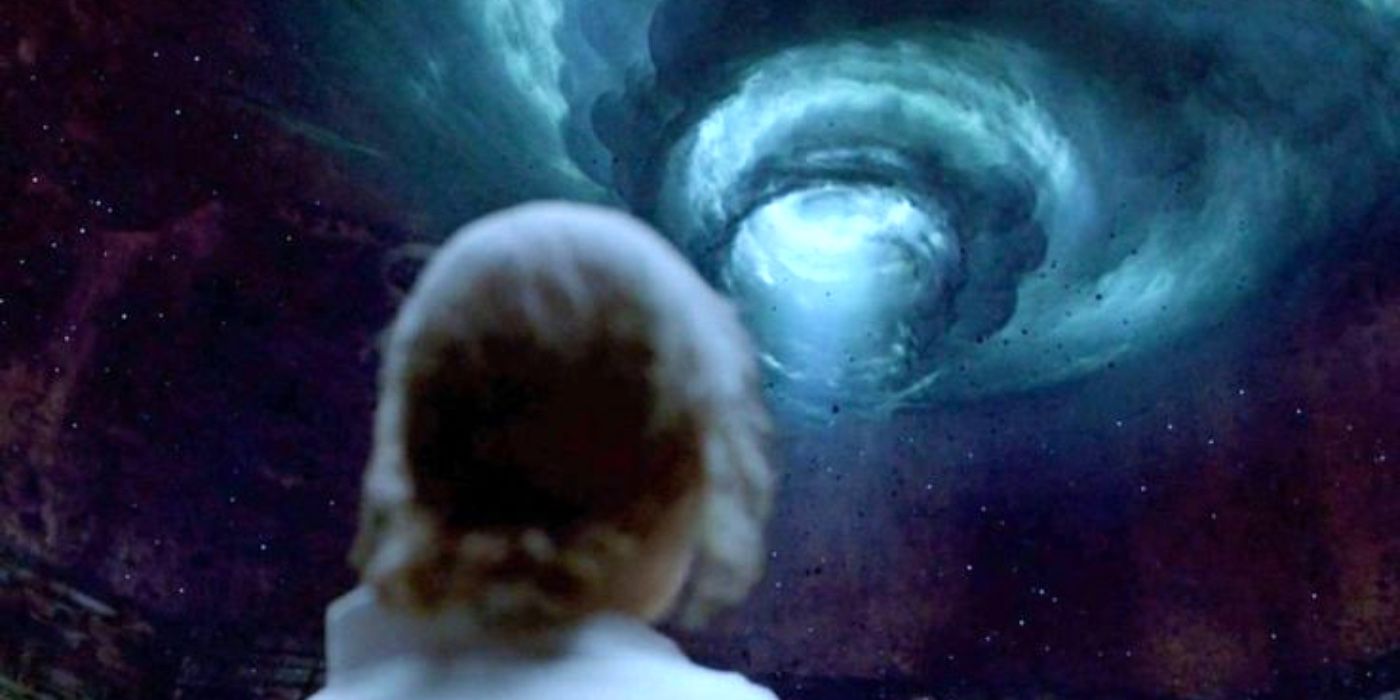
One element of True Detective season 1’s ending that complicates its supernatural themes is Rust Cohle’s hallucination in Carcosa. Rust had noted earlier in the season that he often experiences hallucinations due to his prior drug abuse from his time as an undercover narcotics officer, with True Detective’s spiral symbol being one of his most notable visions. However, in the finale, Rust sees a spiral-like vortex in the main area of Carcosa’s tunnels, though True Detective doesn’t confirm whether this was a drug-induced hallucination or real Yellow King-related sight.
True Detective doesn’t directly answer what the hallucination is…
In one of Rust’s earlier philosophical monologues, he discussed infernal planes and portals to fourth dimensions that allow someone to view life from above, seeing time as a “flat circle.” Since Rust’s visions each have important meanings for the case, story, his internal conflicts, and what lies ahead, it’s no coincidence that he sees this vortex in Carcosa, the heart of the cult’s mystical worship. True Detective doesn’t directly answer what the hallucination is, but certain interpretations could mean that it’s Rust seeing that “dimension,” a god or Yellow King-like deity, or a dark abyss representative of his nihilistic worldview.
Ultimately, the hallucination appears to be Rust coming face-to-face with his view of the world, humanity, and the great beyond. Rust’s philosophical ideations were truly tested in Carcosa when facing off against Errol Childress, and it may have been a hallucination that represented his near confrontation with death. While Rust didn’t die in True Detective season 1’s ending, he had a near-death experience and felt his father and his daughter waiting for him in some “substance,” so that earlier vision may have been Rust seeing his void where his deceased loved ones were waiting for him.
Why Marty Really Lost His Family In True Detective Season 1
Marty’s Losses Were Of His Own Making
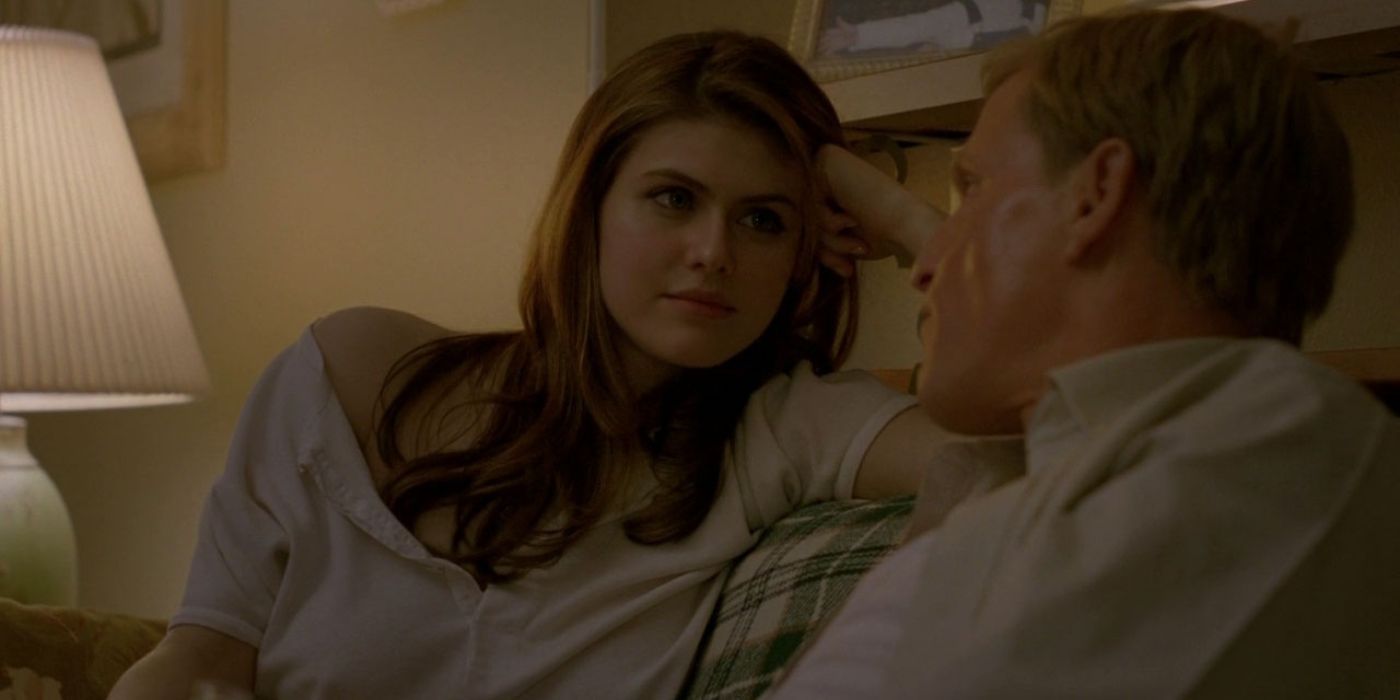
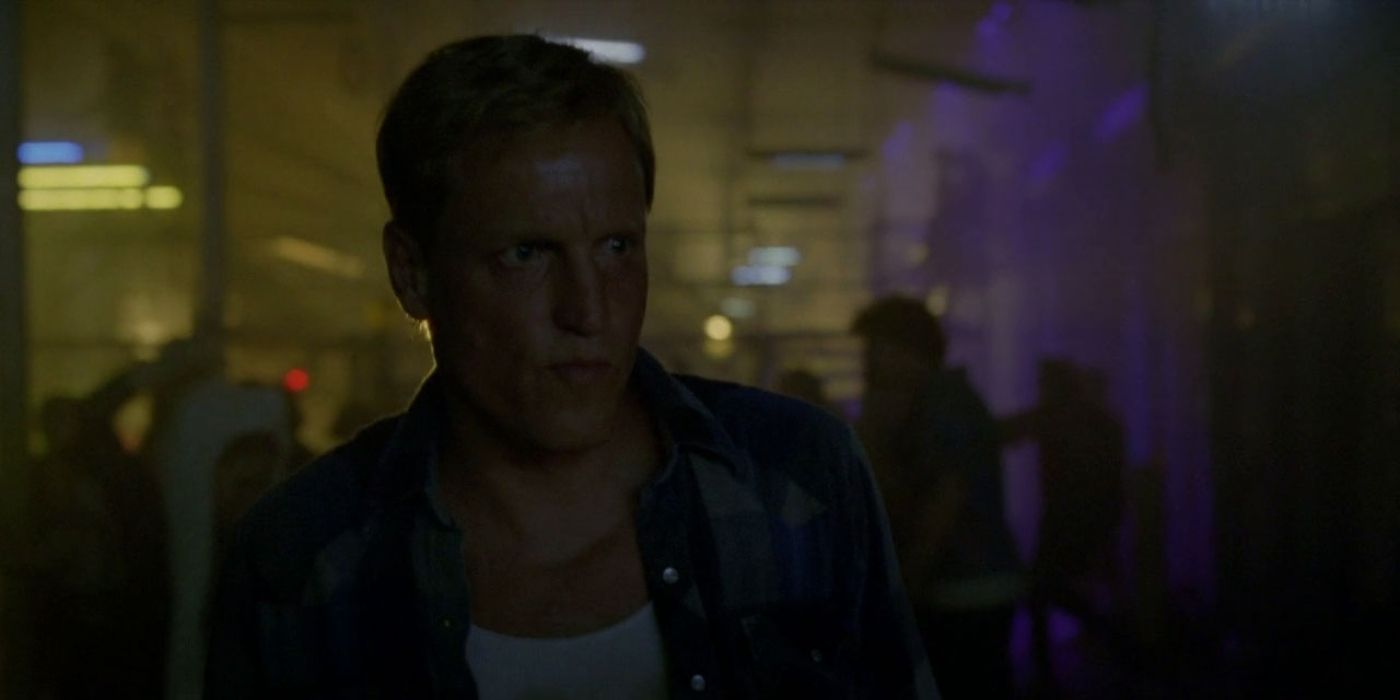
Considering Marty is single in the 2012 timeline, it’s clear that he and his wife Maggie separate for good after the 2002 timeline. Marty and Maggie had a troubled marriage throughout True Detective season 1, with Marty having various affairs and lying to his family until it got to the point where Maggie sought out an affair with Rust. True Detective reveals that while Marty would fervently follow the expected rules and protocol for his job, he was restless and quick to betray these ideals at home.
Marty’s wife and daughters grew to resent him for his unyielding focus on work, affairs, and inattention. While he always showed up for his work, Marty neglected his family, and his misconception that he was their protector when he was really the one hurting them finally led him to lose them entirely. By 2012, Marty hardly even knows what’s happening with his daughters. Marty and Rust’s choices led them to be completely isolated from everyone around them, and True Detective season 1’s final moments leave them with the relief that they’ll at least always have each other.
“The Light’s Winning”: What Rust’s Final Line In True Detective Season 1 Means
Rust’s Worldview Sees An Unexpected Shift
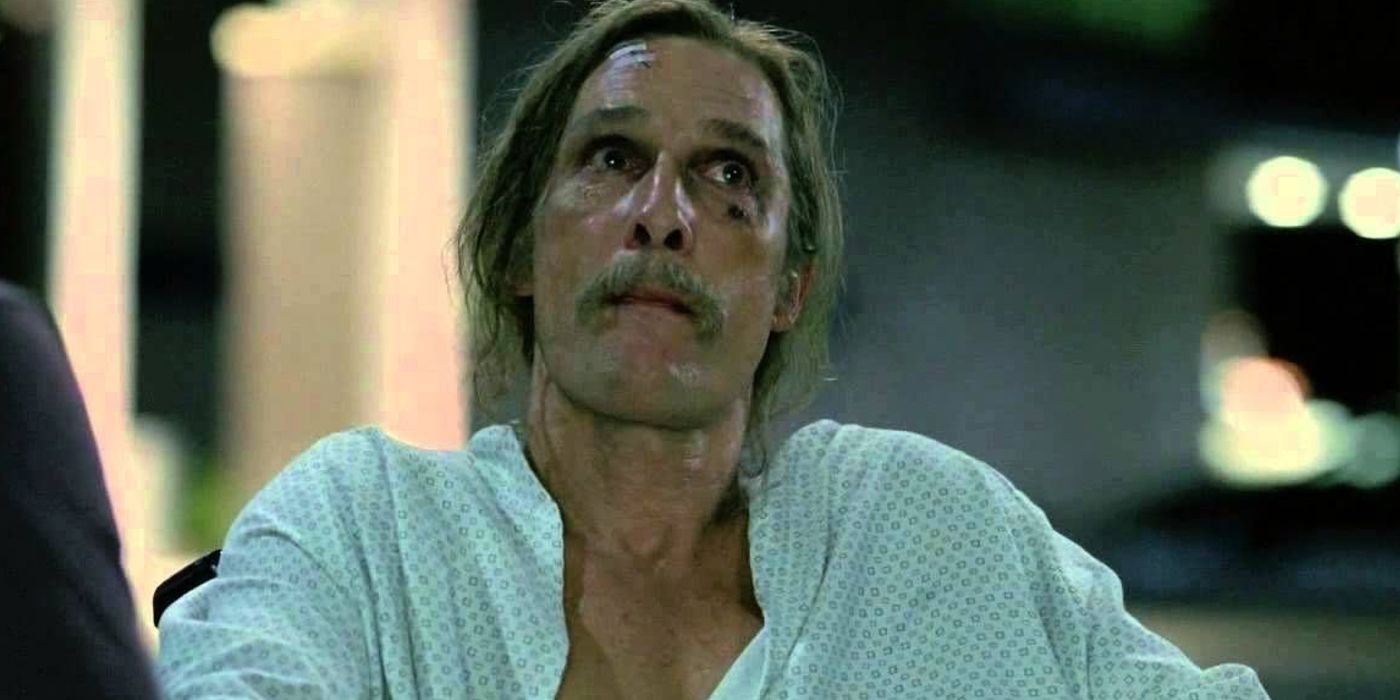
After Rust wakes up from his coma, Marty wheels him outside as the two look up at the stars, much like Rust used to do when living with his father, Travis Cohle, in Alaska. As they gaze at the stars, they debate the universe’s battle of light versus dark, with Marty saying that the dark “has a lot more territory.” Uncharacteristically, given his nihilistic viewpoint throughout the series, Rust counters this by saying, “Once, there was only dark. If you ask me, the light’s winning.”
This shift in his mindset proves that Rust’s experiences have caused him to view the world more optimistically…
There may be more darkness and evil out there, but the light and goodness have emerged to take it over. Rust is saying that as long as there are stars in the sky and good in peoples’ hearts, the world is never truly just dark and evil. This shift in his mindset proves that Rust’s experiences have caused him to view the world more optimistically, as he now believes in some semblance of morality in mankind that he previously rejected entirely, even once referring to humans as “sentient meat.”
As he and Marty leave the hospital together knowing their case is solved, Rust finally believes that the world may be getting better rather than worse. Just as Rust admits the dark does have more territory, he knows that darkness is still out there with many other murderous cults, crimes, and even worse killers loose, but they still finally gave light to their area of the world by stopping Errol and uncovering their sins. It’s impossible to rid the entire night sky of its potential darkness, but they must still focus on creating those stars and light to balance it.
The Real Meaning Of True Detective Season 1’s Ending
True Detective’s Deeper Meaning Reflects Rust’s Final Line
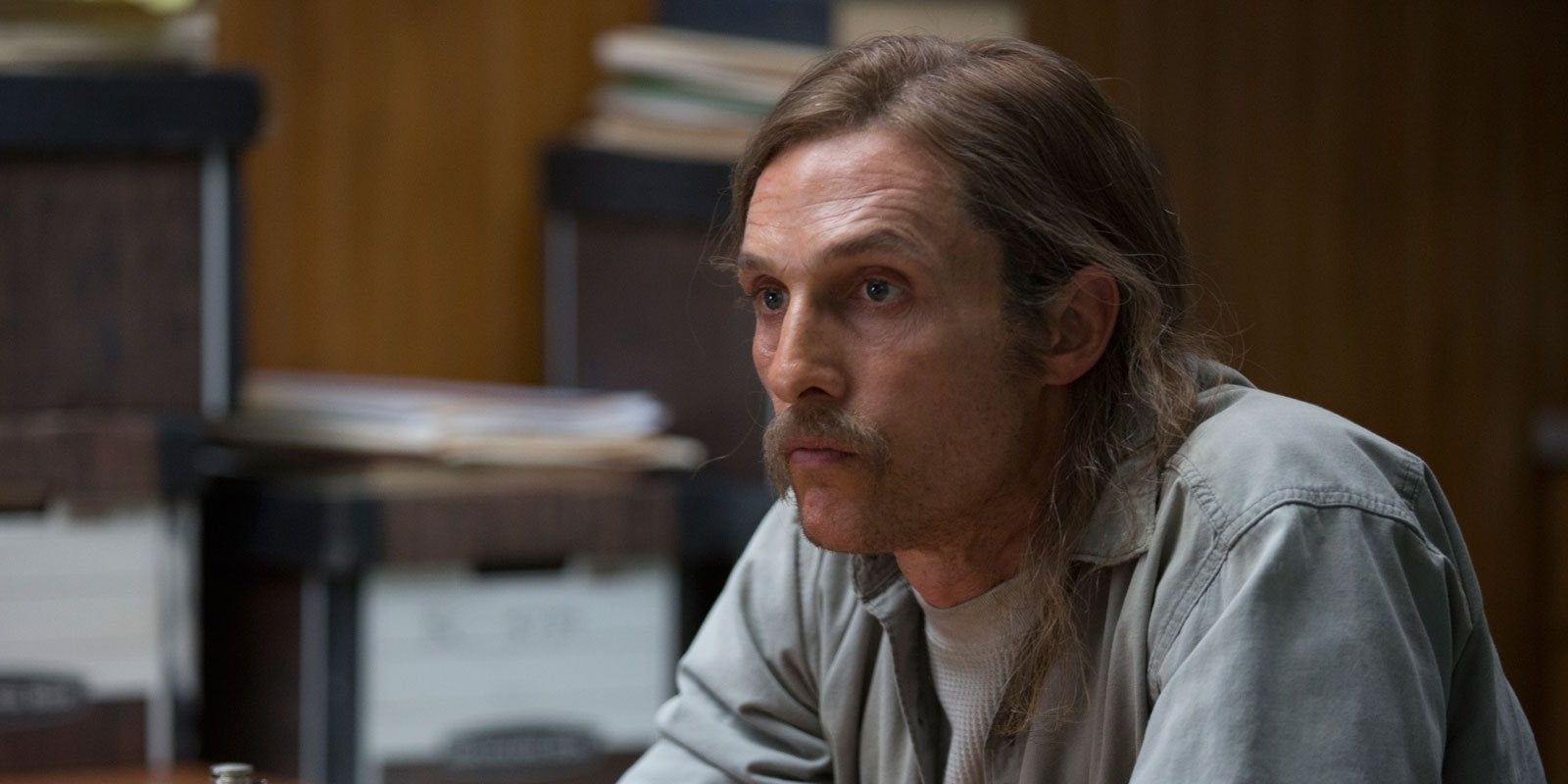
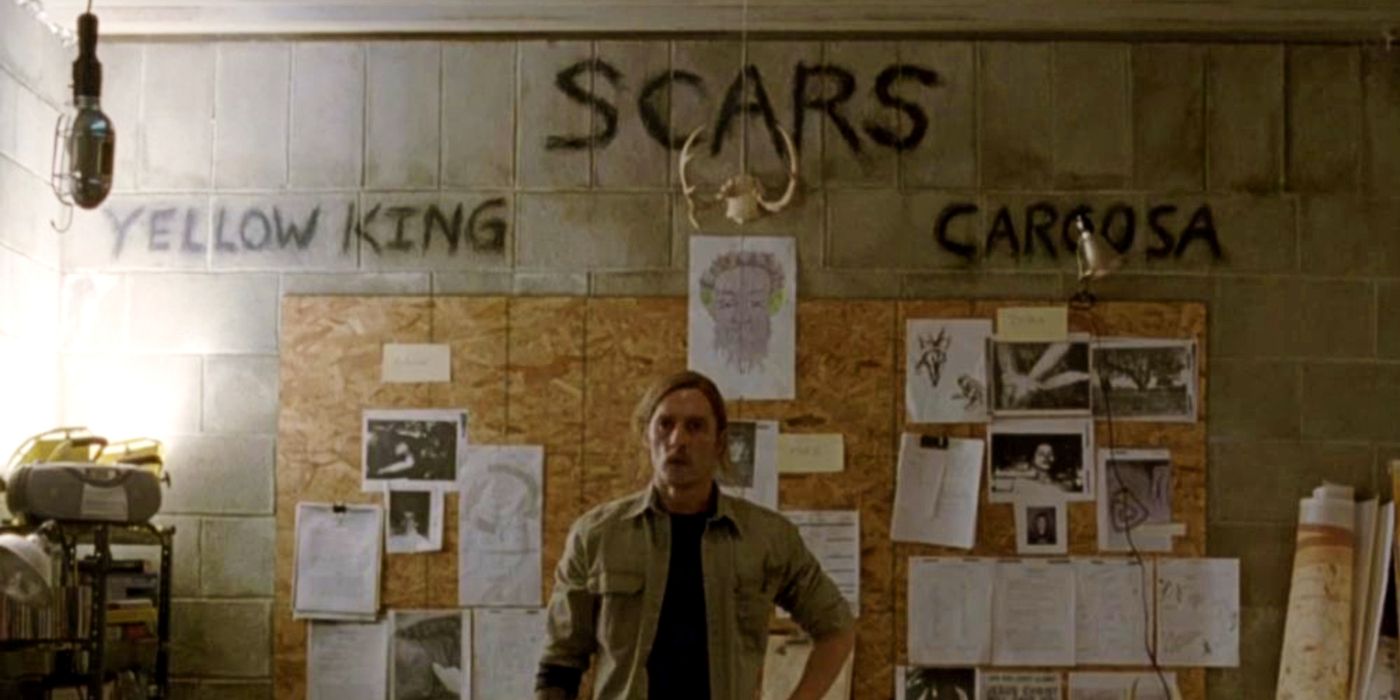
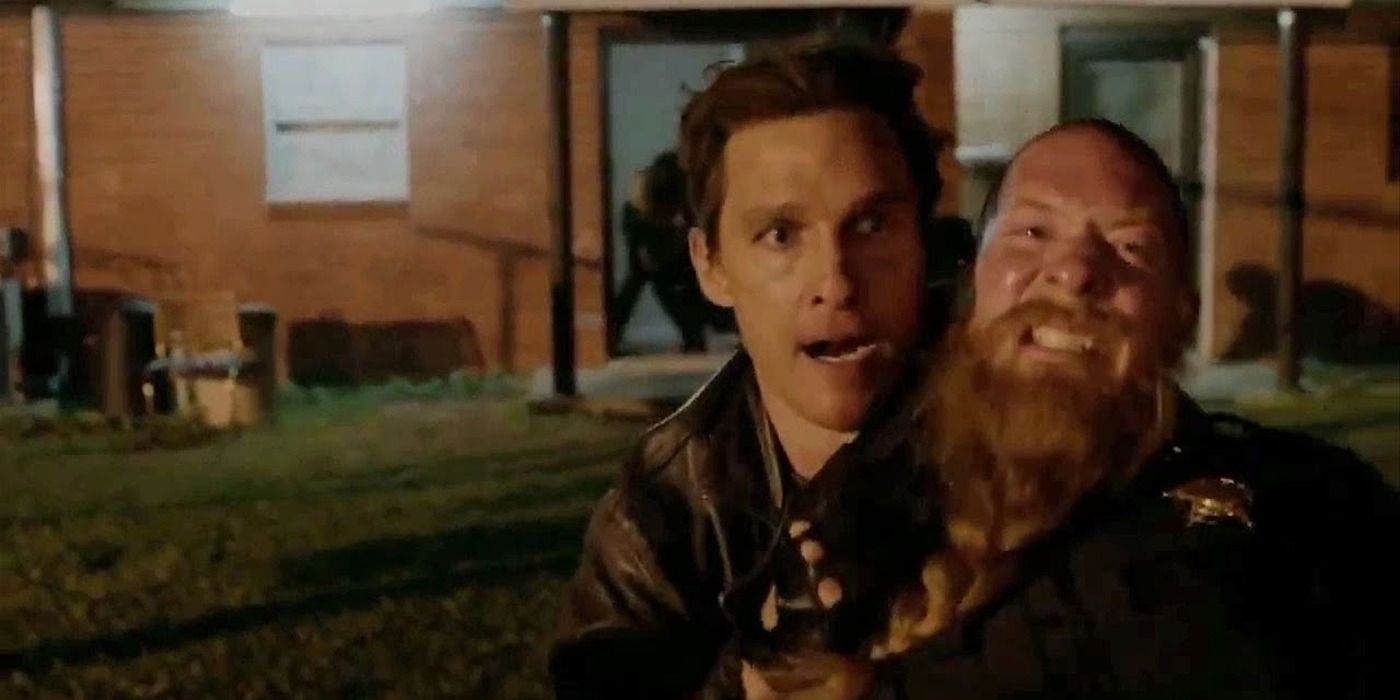
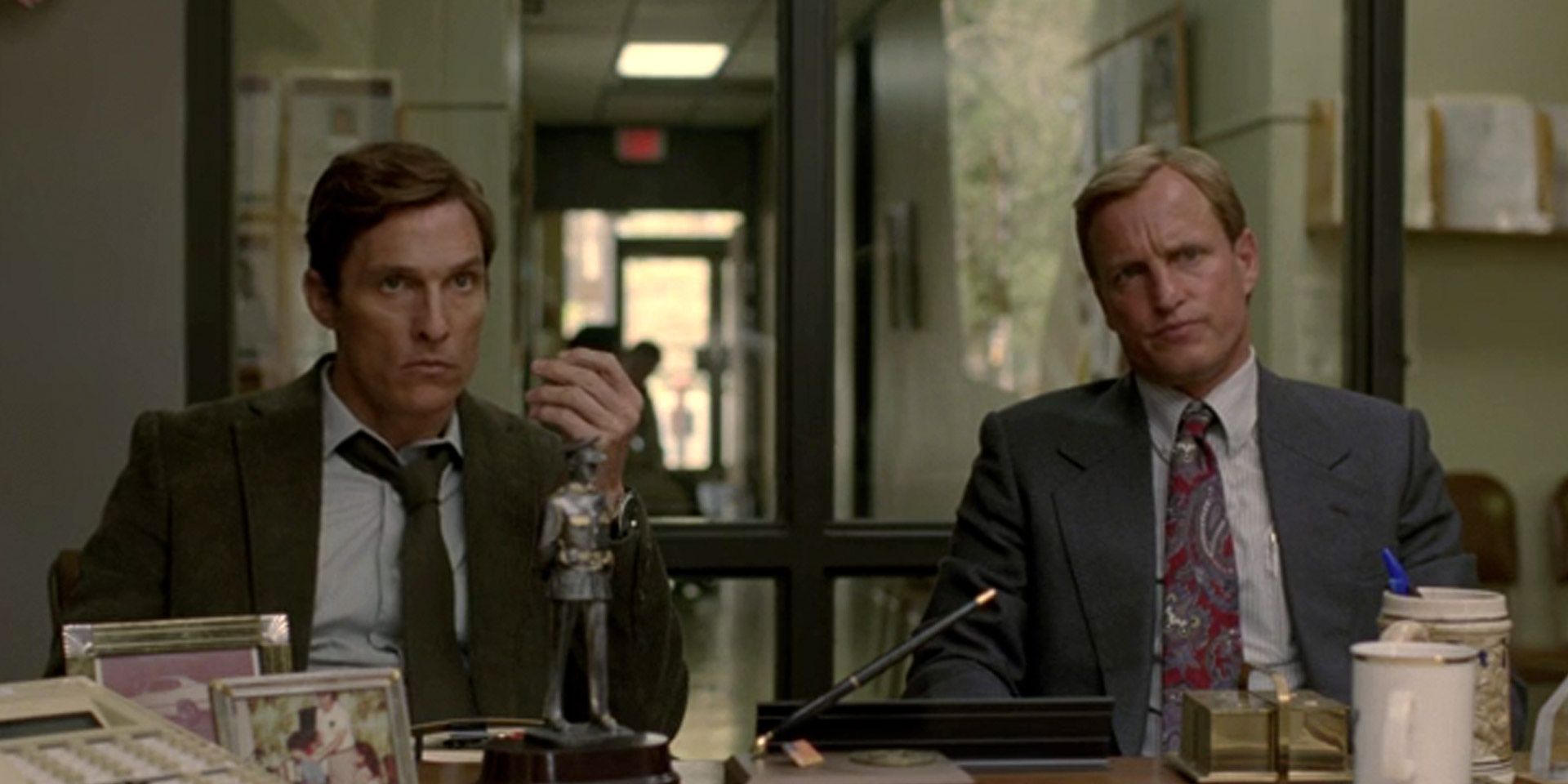
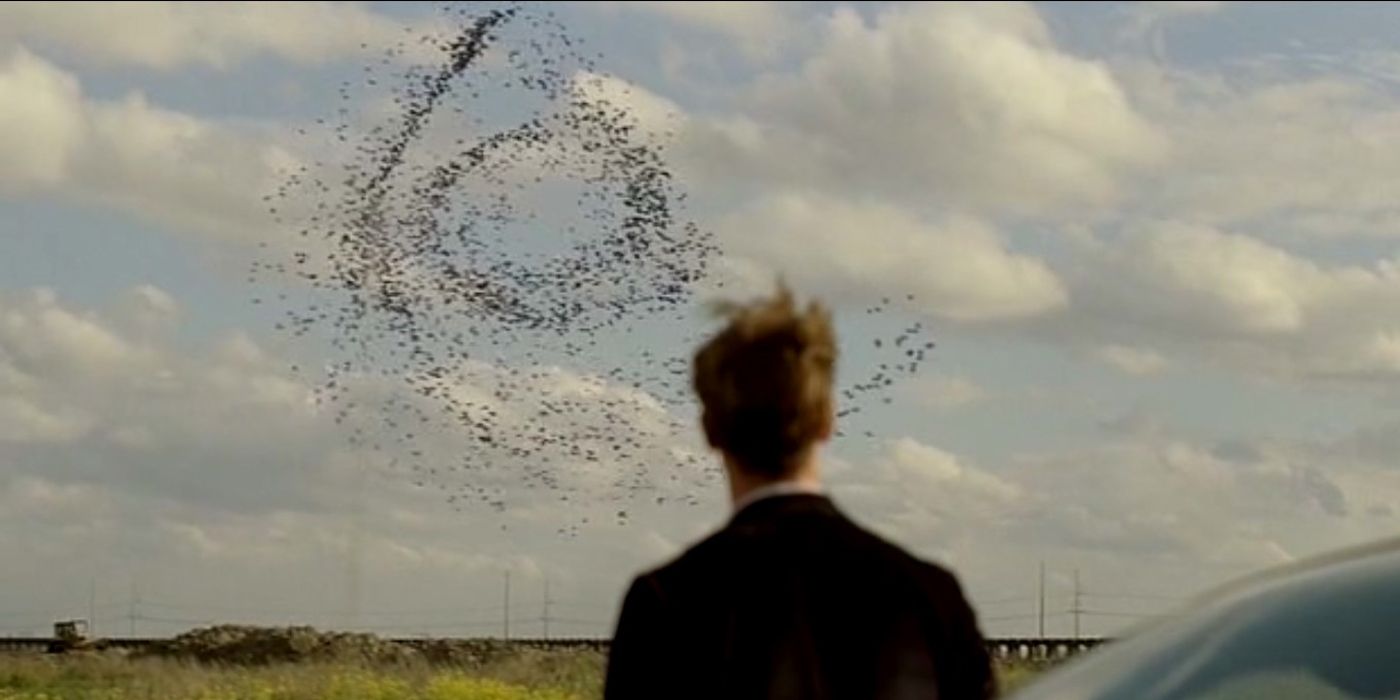
Marty and Rust’s final conversation in True Detective season 1 highlights the meaning of the show’s exploration of philosophy, nihilism, good vs. evil, and the evolution that comes with time. While the darkest of evils may seem to prevail, there are sheds of light that prove Rust’s nihilistic view is something he can no longer fully subscribe to. Rust’s nihilism was a response to his daughter’s death, feeling that all the light in the world faded when she left it.
However, Rust’s dedication to the case, refusal to avert his eyes from its horrors, and need to vanquish some of this darkness give him a sense of redemption.
Marty losing his wife and daughters was his own making.
Marty was grappling with many of the same pessimistic ideas as Rust, with both having lost everything that mattered to them in True Detective. Marty losing his wife and daughters was his own making, and it took him nearly dying to finally realize just how much he neglected the importance of their enduring love, happiness, and presence. After Marty sees his family in the hospital and Rust sees his dead father and daughter waiting for him in the afterlife, both find some resemblance of hope and redemption – some light in the vast, lonely darkness.
What True Detective Creator Nic Pizzolatto Has Said About Season 1’s Ending
The Show’s Creator Explains The Meaning Of The Season 1 Finale’s Philosophies





True Detective season 1 creator and writer Nic Pizzolatto told Uproxx back in 2014, shortly after the finale aired, that Rust needed to end the series by representing some sort of optimism “without sentimentality or illusion.” Elaborating on the importance of McConaughey’s final line in the season, Pizzolatto said, “That line, you ask me, the light’s winning, that was one of the key pieces of dialogue that existed at the very beginning of the series’ conception.” Consequently, Rust being able to acknowledge the optimistic importance of light combatting the dark was crucial to his character arc.
While the notion True Detective doesn’t fully dive into the supernatural aspects teased in season 1 was a divisive part of the finale, Pizzolatto remarked that such an ending “would have been easy… and would have denied the sort of realist question the show had been asking all along.” He wanted to leave the show in a place where Marty and Rust are “in a place of deliverance” and “can acknowledge the possibility of grace in the world.” True Detective’s creator explained Rust hadn’t lost his nihilistic edge but had “moved maybe five degrees on the meter.”
Regardless of Rust and Marty’s many other failures in life, Pizzolatto revealed he wanted it to be clear that they at least “did not avert their eyes.” They could have let others finish the case and potentially see no cultists face justice, but instead chose to take a stand, do good for the world, and find some inner peace and redemption. Connecting to this, Pizzolatto says that the overarching theme of True Detective is that “we are nothing but the stories we live and die by – so you’d better be careful what stories you tell yourself.”
How True Detective: Night Country Changes Season 1’s Ending
The Cohle Family, Tuttles, And The Spiral Are Back In Season 4





Ten years after True Detective season 1’s ending, the story has had some significant follow-ups with connections to season 4, subtitled Night Country. True Detective season 4 reveals that the ghost Rose sees, who directs her to the frozen bodies of missing researchers, is actually Rust Cohle’s father Travis. Not only is Travis’ deceased father in season 4, but the show also revives the spiral symbol while revealing that Night Country’s Tsalal research station was funded by a company owned by True Detective season 1’s Tuttle family.
The fourth season also brings back Rust’s famous line from the first season when the missing scientist Clark tells Detectives Danvers and Navarro that “time is a flat circle.” That line is directly lifted from Rust, as it was a meme for a long time after Rust said it. While this is a connection, the line has a slightly different meaning. Showrunner Issa López said that she didn’t add it as a homage to season 1 and instead had something to say with it.
“It’s just the access to the other places, to the ‘other world.’ And as I say in the series, it’s ancient, it’s older than the ice, it’s older than Louisiana. It’s older than Ennis, and it’s always been there and it will always be there.”
In the fourth season, Rust’s father is a ghost, and the characters use a Rust quote, which only superficially changes the ending of the first season. There are also spirals everywhere, but very little ties into the first season in any meaningful manner.
How The True Detective Season 1 Finale Compares To Other Seasons
Season 2 Was Panned, Season 3 Was a Mixed Bag, And Season 4 Tried Too Hard To Copy Earlier Seasons
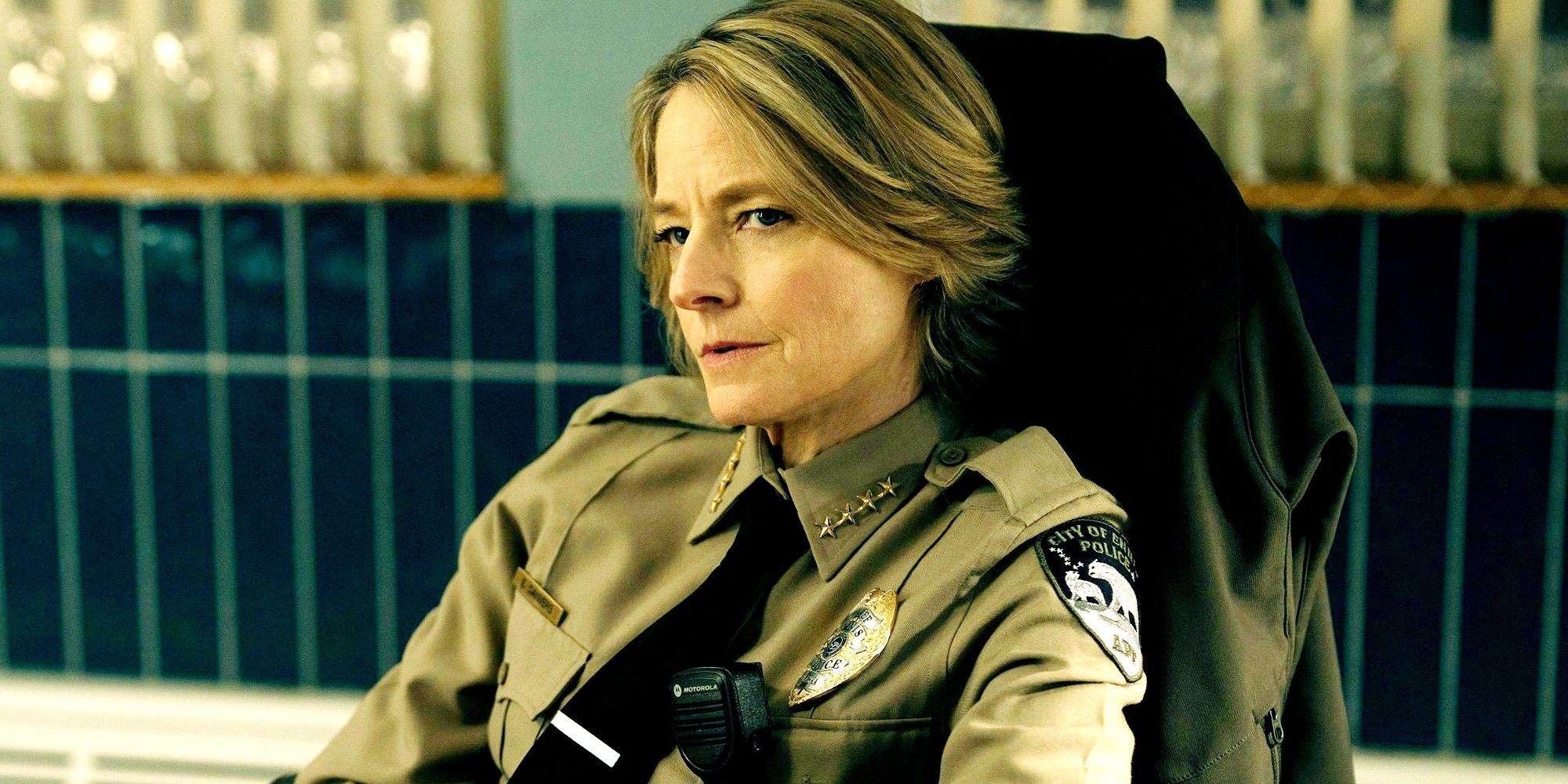
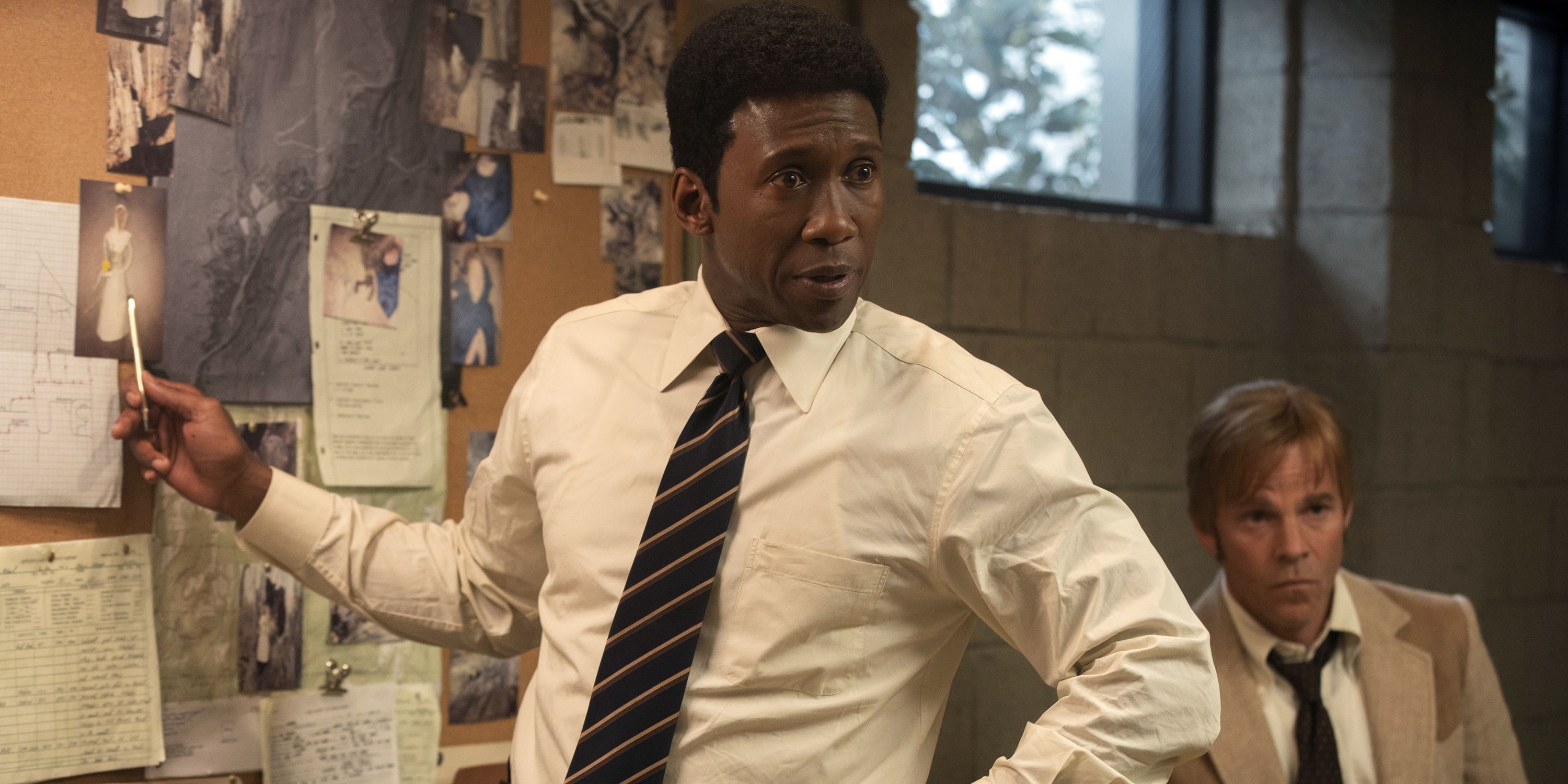
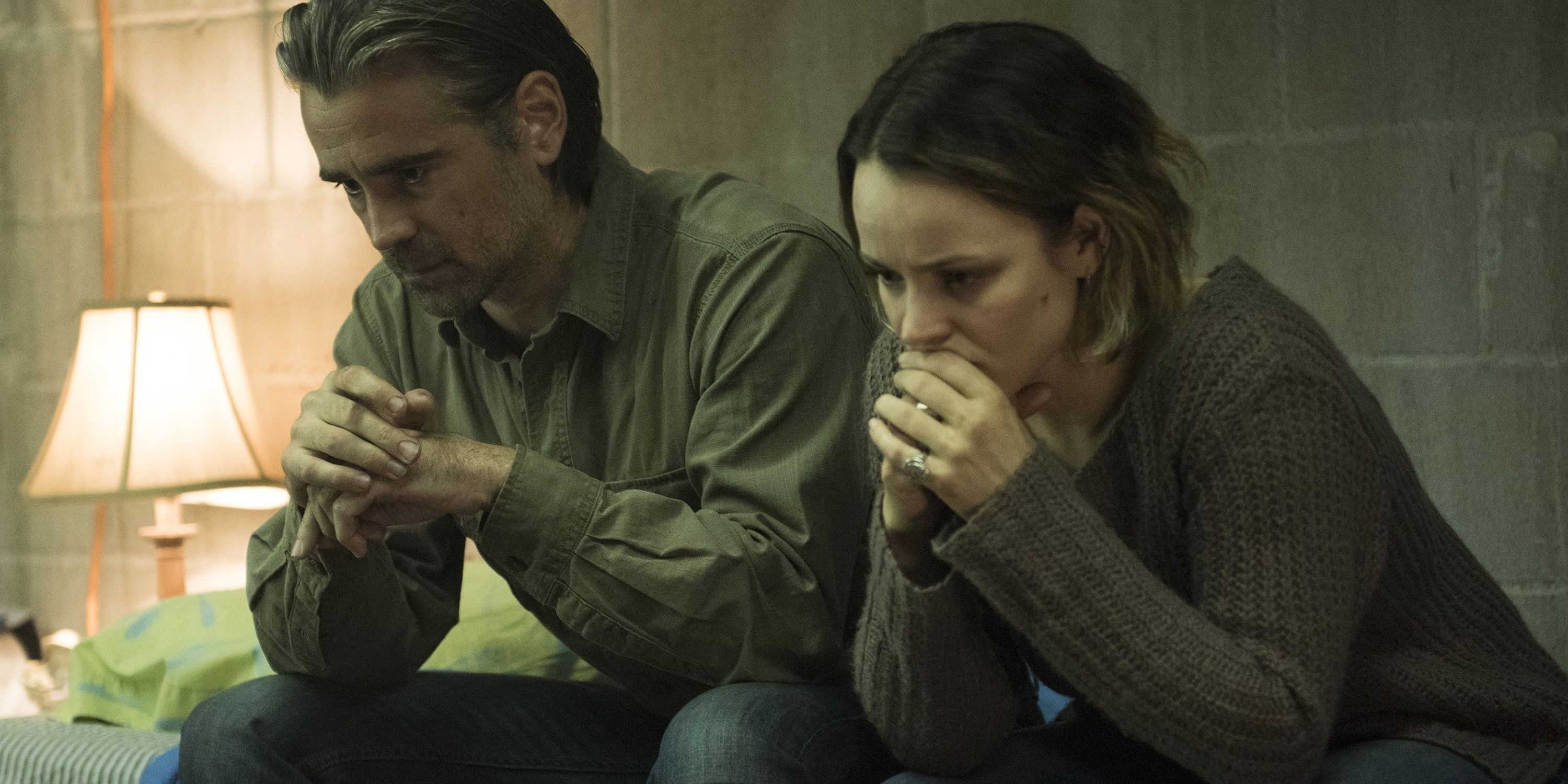
Season
Release Date
Rotten Tomatoes Score
1
January 12, 2014
92%
2
June 21, 2015
47%
3
January 13, 2019
84%
4
January 14, 2024
92%
True Detective has been on a wild ride since its critically acclaimed first season. That first season had an exemplary 92% certified fresh rating at Rotten Tomatoes, with a 90% audience score. It would be hard to match that, and the series never did again. Season 2 dropped to a rough 47% rating with a 27% audience score, the lowest of the franchise. Season 3 rebounded with 84% from critics and 56% from the audience; the fourth sits at 78% from the critics and only 57% from the audience.
Much of this comes down to the finales of each season. Season 1 was strong from the beginning to the end, with a great finale that wrapped everything up satisfactorily, even if some of the protagonists found their lives altered forever. However, season 2 saw critical and audience disappointment, mostly coming from its grim and extremely dark storyline and a finale that left almost no one happy with what they watched. Things needed to change in season 3.
True Detective season 4 is the only one Nic Pizzolatto had nothing to do with.
Things did change, thanks to an award-worthy performance by Mahershala Ali as an elderly police detective dealing with dementia who starts to try to put together the pieces from an unsolved case from his younger days. By focusing on the person investigating the case almost more than the case itself, the show recaptured a lot of the original season’s flavor, and the finale delivered a nice touch by offering a nice conclusion to the detective’s story.
However, the reviews for season 4 show a slight drop. The season has a very solid 92% Rotten Tomatoes score, which matches the first season. There were complaints from original creator Nic Pizzolatto that it stole from his first season, even if Issa López said that wasn’t the purpose. The audience score of 56% remains low with many fans repeating Pizzolatto’s complaints. Critics point out the great acting and the intriguing mystery but also say the ghosts and symbols remaining unexplained pull True Detective down somewhat.
How The True Detective Season 1 Ending Was Received
The Ending Highlighted The Kind Of Show True Detective Truly Was

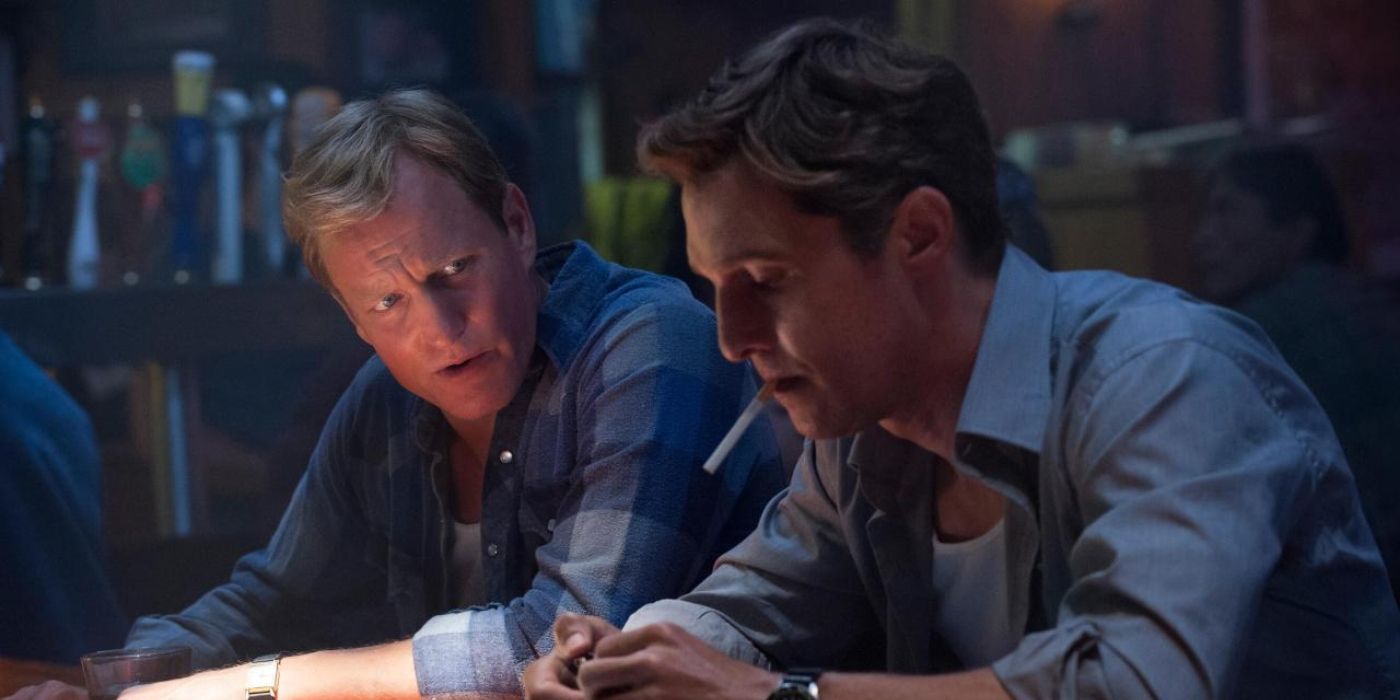
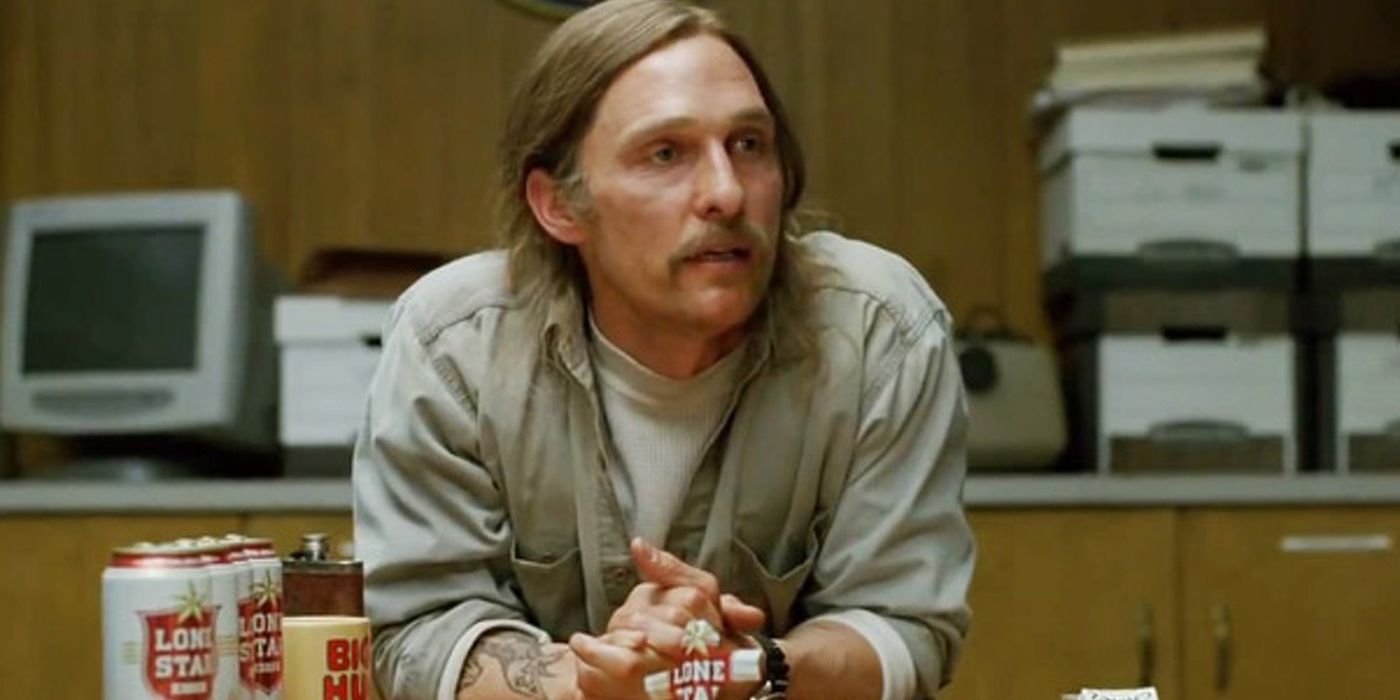
True Detective still stands out to many people as the best season of the anthology crime series. However, the finale of the show took some risks with wrapping up the story, leading to a lot of opinions about how things concluded. Showrunner Nic Pizzolatto spoke out against fan theories in the lead-up to the finale, suggesting the deep dives into discovering the identity of the Yellow King was the wrong path for fans to take. Indeed, in the Vanity Fair review of the finale, writer Joanna Robinson suggests such fans would likely be letdown by the ending:
So for those of you who refused to listen, for those who (understandably) got swept up in trying to chase down theories and outsmart the showrunners, last night’s straightforward finale might have been a frustrating anti-climax.
True Detective‘s ending cemented that this was never a mystery series but rather an examination of these two main characters and how they change throughout the course of the season and their investigation. It is this perspective that earned True Detective season 1’s finale a strong reception by critics. It was praised for staying true to the characters while also taking their journeys into some unexpected places. Robinson further questioned why such an ending would be unsatisfying to fans simply because it didn’t have any shocking reveal:
Isn’t the exploration of two broken men who dash their own lives to pieces, and crawl their way back from isolation, a story worth telling?
However, there was also some discussion from fans about how the ending should be interpreted as a victory or a defeat. It is true that Rust and Marty killed the Childress, Marty reunited with his family, and Rust seemed to find some more positive outlook on life differing from his nihilistic views. However, Redditor DinkySnuckman felt the tone was too cheerful given the dour nature of the rest of the season:
[E]nding it by having them face the threat and win seems absurdly unearned. Honestly what is here would be fine if the characters were just less satisfied with their efforts.
That said, others disagree with the notion that the True Detective ending was an all-out victory for the heroes, as Rust suggests the light is winning, but there is a lot of darkness still out there. Redditor TheLittleJab suggested Rust and Marty’s efforts didn’t eliminate the threat that still lurks out there.
The ending made it pretty clear that they didn’t win and the bigger picture pedophile cult is still going to work behind the scenes even though they got “their guy”. I didn’t see anything cheerful about the ending either. Just two broken men that have suffered immensely but still muster the strength to go on living.



